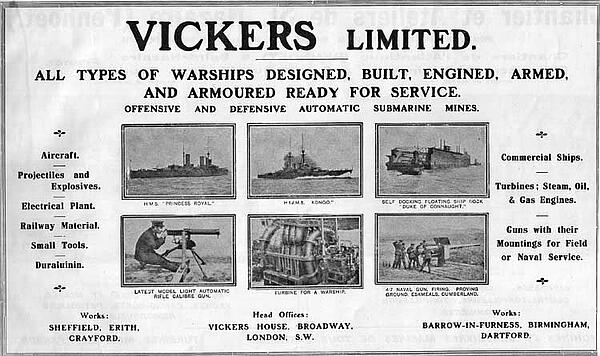V-class submarines
British V-class submarines were initially launched in 1914, with 4 submarines built by Vickers, Barrow. The submarines were built in response to the creation of the S-class submarine from Scotts, Greencock and the W-class submarines from Armstrong Whitworth.
By November 1915, all four of the V-class submarines were built, and ready to take part in World War One. This new type of submarine proved to be more effective than the S-class that came before it; the partial double hull extended 75ft rather than 45ft, and the planned speed was reached. They also featured two sets of 21 in frames in the the torpedo and battery compartments.
Unfortunately, the battery capacity was low, with 132 exile cells versus 166, which had a significant impact on the amount of time it could spend submerged.
All four of the submarines managed to survive World War One, but they were eventually broken up into scrap between 1920 and 1921.
See the table below for more information on the characteristics of the V-class submarine:

V-class submarines statistics:
| Number completed before 1919 | 4 |
| Number completed after 1919 | 0 |
| Lost in action | 0 |
| Lost accidentally | 0 |
| Prototype date | 1915 |
| Surface tonnage | 364 |
| Submerged tonnage | 486 |
| Length | 147 feet |
| Engine | Diesel |
| Horsepower | 900 |
| Screws | 2 |
| Surface speed | 14 knots |
| Submerged speed | 9 knots |
| Torpedo tubes | 18 inches |
| Number of torpedoes tubes | 2 |
| Guns | 1 |
| Crew | 18 |
MLA Citation/Reference
"V-class submarines". HistoryLearning.com. 2025. Web.
